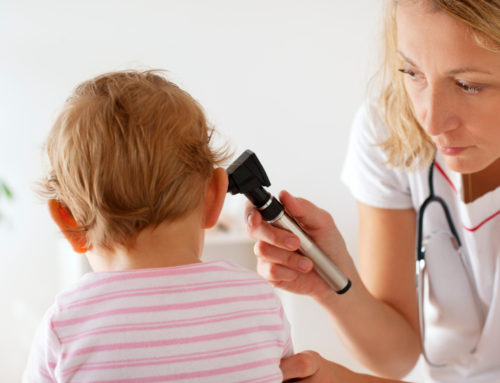What is fever?
Fever is a rise in body temperature that goes above a certain level. The level that is considered a fever depends on how you take the temperature. Here are the values that are considered a fever.
- Rectal temperature above 100,4F or 38 C
- Oral temperature above 100 F or 37,8 C
- Armpit temperature above 99 or 37,2 C
- Ear temperature above 100,4 F or 38 C
- Forehead temperature above 100,4F or 38 C
Armpit, ear, and forehead temperature are easier to measure than rectal or oral temperatures, but they are not as accurate. Even so, the height of the temperature is less important than how sick your child seems to you. In any case the most accurate way to take a temperature is the rectal one.
What causes fever?
The most common cause of fever in children is infection.
- a cold or a flu
- an airway infection, such as croup or bronchiolitis
- a diarrhea
in some cases, children get a fever after getting a vaccine.
- Bundling a child in too many clothes or blankets can increase his or her temperature slightly, however a rectal temperature of 101 F (38.5 C) cannot be related to bundly
Call the Doctor if
- the child is 3 months old or younger and has a fever, or has a high fever over 103 F ( 39,4 C), or has a fever from more than 3 days
you should also call the Doctor if your child has a fever and any of these signs
- looks very sick, is very sleepy or very fussy
- has other symptoms like a stiff neck, rash, bad headache, sore throat, ear pain, diarrhea
- has had a seizure
- take steroids
- has been in a very hot place
What to do
- offer your child lots of fluids to drink. Breast milk is fine for nursing babies.
- Give your child medicine to bring down the fever – for a baby 6 months old or younger acetaminophen, after 6 months old give ibuprofen or acetaminophen
Put the clothes away but don`t let shiver your child because shivering makes a fever worst






